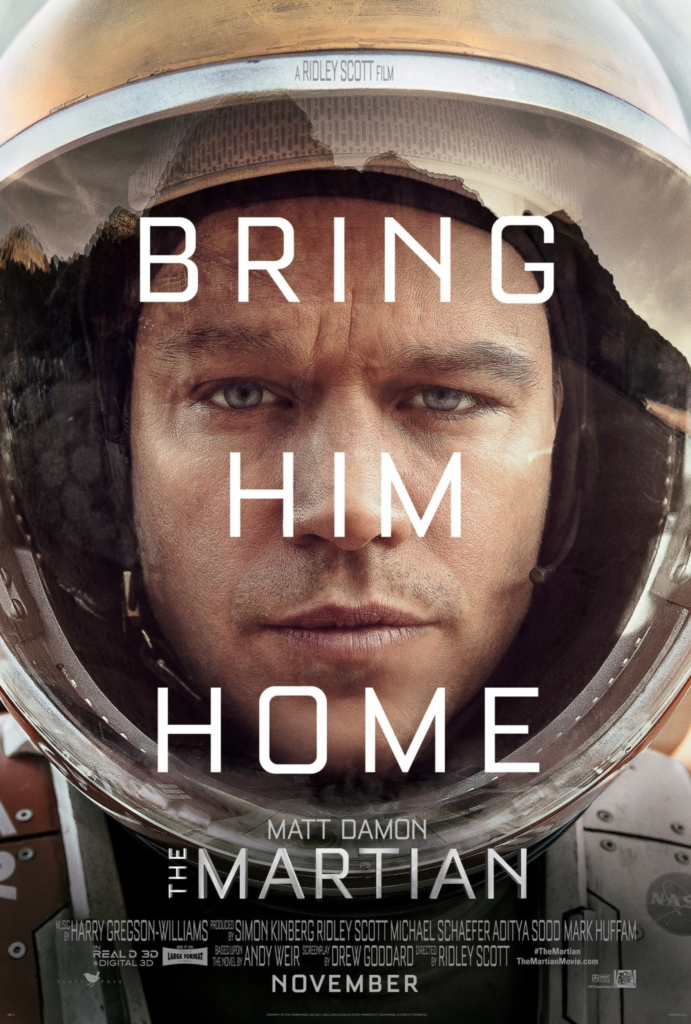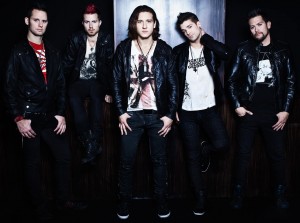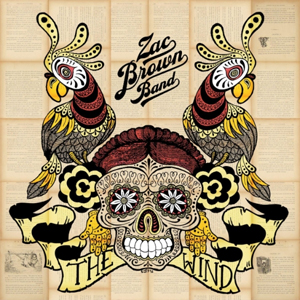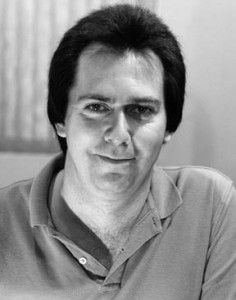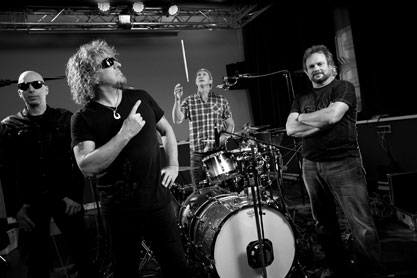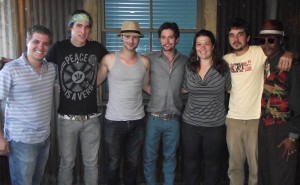Gerald Scarfe is a satirical political cartoonist and is known best for working with the band Pink Floyd on two of their albums “The Wall” and “Wish You Were Here”. He also created the animation used in the film “Pink Floyd: The Wall” and worked with Roger Water on his new tour of “The Wall”. Media Mikes got the chance to chat with Gerald about his work and reflect on its impact with fans.
Mike Gencarelli: Tell us about your revisiting the wall with your book “The Making of Pink Floyd: The Wall”?
Gerald Scarfe: What I think think the weird thing about going through the diary of one’s life is that first of all you forget things and misplace the dates. It was like unraveling a piece of memory or putting together a jigsaw puzzle. But overall it was a fantastic experience looking back working on this project, which was some 30 years ago. I really didn’t feel at the time that it was going to be anything really exceptionable. I knew that Pink Floyd were extremely well known at the time. I worked with them for about five years to produce this thing. People have asked me in the past and asked if working on “The Wall” changed my life but for me then it was just another a job that I did. They have said “Well it has definitely changed my life”. So I think it really did strike a nerve in the public at that time. The young of those days are the older generation today and they are still fans and write to me. There is a guy who recently contacted me to tell me that his entire left arm is being tattooed with my illustrations. So it is still relevant today.
MG: Tell us about revisiting “The Wall” after almost 30 years ago with Roger Water’s new tour? What was your involvement?
GS: It was a fantastic experience. Now it is back up and running again. Roger contacted me about two years ago and said he was going to do the show again and would need new material. I re-designed some new things like the puppets and some bits of film here and there. I also did various lettering and writing for the program, which was projected on the wall. What has changed from when we originally did it is that things were not computerized. Where we were using three projectors on the wall back then now there are seven or eight projecting. They can literally pin point an individual brick on the wall using the computer. Even when we first did it I thought it felt like a Roman circus and was just so spectacular.
MG: How do you compare going from working on “Wish You were Here” to “The Wall”?
GS: When they first approached me, they were touring at the time and I did little pieces of animation here and there. I wasn’t really sure what was needed or wanted of me at the time. I was known in Britain and parts of America for being a satirical artist, making fun of society and poking fun at politicians. I think that is why Roger (Waters) and Nick (Mason) needed from me at the time. I didn’t quite get that and I started to make them these surreal images of men tumbling through the stratosphere and crashing through the sky. They were all rather surreal. I think what they were expecting from me was probably something a little more actual about the world itself in a more precise way. I actually started the flowers (from “The Wall”), way back then in the early days of “Wish You Were Here”. The flowers have some much work in them. I think in some places there are about 24 drawings per second in them, in order to most very slowly. Each one of those drawings probably takes 1-2 days and there are thousands of them. It was very labor intensive and expensive also. So that is how it all began. Later when we came to do “The Wall”, we cannibalized some of these pieces for “Wish You Were Here” and used them like the flowers and so forth.
MG: Your animation in “The Wall” was used to portray Waters’ political expression throughout the songs, did you consider that when creating them?
GS: It was Nick that approached me first in the very beginning.Then Roger got more and more involved. Roger came forward bit by bit and I ended up dealing with him primarily. I felt a little awkward at first working with Waters since I felt like I was denying Nick, he is still a very good friend and I had dinner with him just recently. Roger is very insistent and precise. Roger said to me and this is true “When you hire an artist, you don’t interfere with what that artist does or try and push him your way. You get what you get”. So Roger was very happy for me to interpret his lyrics since we were on the same page. I was able to visualize the whole thing for him. He has not only given “The Wall” an audio personality but I’ve given it also a visual personality. We met many times and drank a lot of a special brew of Carlsberg beer, which is very strong, and luckily we have the same dark wit. That developed into a strong relationship that we have today.
MG: Where did you draw inspiration from for the marching hammers, The Judge and the “Empty Spaces” sequence?
GS: First of all my experiences of judges are that the ministry of the law is a tricky business and they always make mistakes, so to me the law was an asshole, so that was that [laughs]. The hammers were suppose to be the forces of repression. What can you think of that is more cruel and relentlessly mindless than a hammer as it smashes down. That is the kind of way I think. When it came to “Empty Spaces”, I believe that was a stream of consciousness. I made a film prior to this where I just rolled from one image to another, which is actually how I ended up meeting Nick and Roger, it was called “A Long Draw Out Trip”, which I made for the BBC. That was really everything about America that I could think of at the time. I had Mickey Mouse, Playboy, Black Power, John Wayne and Frank Sinatra, which were all morphing one into the other. I took that idea when I came to “Empty Spaces”. Interestingly enough, “Empty Spaces” starts with the flowers, which began like we said from “Wish You Were Here”. Then I just kept adding to it all the time. The flowers end up making love and then I thought well what happens when people fall in love, sometimes they hate one another. So then the female ends up devouring the male and flies away. It grew and grew and was unraveling. It was much of a journey for me, adding a page a day to this unrolling adventure.
MG: I’ve read you saw The Wall back in 1980 at Nassau Coliseum, NY, how do you compare “The Wall” from then to today?
GS: It is difficult really since it was in fact a long time ago and one’s memory has blunted. I remember being very excited. I never worked on theater in this size at all. I remember Roger telling me one night, “You know that you are a rock ‘n roll artist now, right?”. I looked and there were thousands of people applauding my flowers and work. I realized that I was pleasing the audience and that was a terrific feeling for me. Being an artist can be a lonely job. You work alone and don’t see the people who are looking at your pictures generally. So to be in an auditorium like that where they are cheering at your work, it is a really great feeling. Over the years, I have grown used to that feeling having done a lot of opera, theatre and my work with Disney on “Hercules”. It is still a thrill though. I went to Madison Square Garden last year to see the show and I had the same kind of thrill still. The guy who wrote to me and told me about him getting the tattoos on his arm said that he was a Gulf War veteran and told me how much my work has helped him through his difficult periods. It is hard for me to imagine that it actually helps people. I guess the music becomes very personal to some people and it stay with them through their life.
MG: Due to the diminishing role of physical packaging due to digital downloads, what do you see for the role of art playing in the world of music in the future?
GS: Well, I don’t see why animation still cannot be used. In my other job, I am the political cartoonist for the London Sunday Times, where I’ve been for like 45 years, I can see a point where newspapers will be phased out. People will be getting the news online, which is much quicker. I personally am not tremendously computer literate but I have people that help me. All of my work is now electronically sent around the world, once it is scanned in. Going back to music, I don’t see why these images cannot be downloaded with the music. It is exactly the same.
